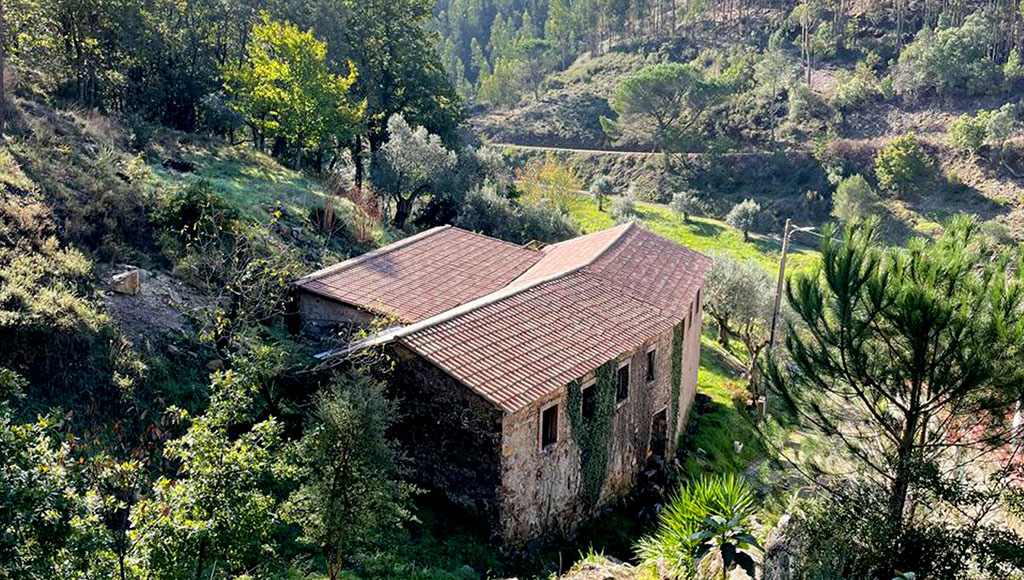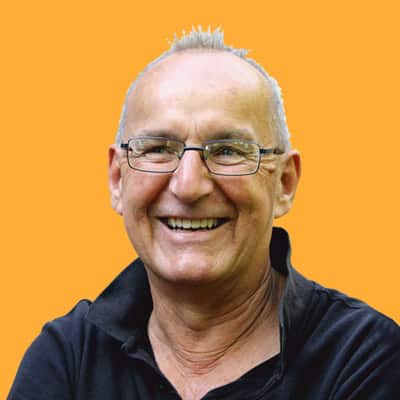The exhilaration of buying an old, rundown property can lead to a creeping feeling of apprehension – ‘what to do next?’
Did my heart overrule my head? Is the rather optimistic budget really going to cover all that needs doing? What design and style best suit the property? Do I need help?
At Rural Properties, we buy and renovate old buildings for a living and remain undaunted, even when faced with C16th walls on the point of collapse or the delicate restoration of 400-year-old woodwork.

Identifying suitable sites, negotiating hard and securing good deals is but one part of the business. Next comes design, followed by design and more design.
Agreeing a perfect layout in the available spaces is a time and money-saver as it avoids those awkward budget conversations with a contractor when you want ‘just a little change’ here and there.
Years ago, my Algarve builder Sr Gabriel sagely advised, “Sr Paul, all changes are possible … at a price.”

Engaging a property design company must add expertise, creativity, and practical solutions in equal measure. Even then, happiness only can be achieved when budgets and timelines have been agreed.
I was lucky in having worked with Arnold Aarssen of StudioArte in Portimão over the past 20 years. Arnold recently has been joined by the internationally renowned design leader, Eric de Bruijn, to create Concepto-Studio with which Rural Properties is collaborating on a range of exciting projects, focussing on comfort, design and beauty.

The blending of over six decades of experience in Portugal’s property market naturally creates a highly effective team which already is leading a growing market for high-quality, comfortable, town and country renovations.
Achieving this quality is essential in Portugal’s most exciting property sector. Buyers want the authenticity of living in Portugal’s beautiful interior but will not compromise by buying inefficient houses that cost a fortune to heat and cool.

Damp, draughty and cold properties ought to have no place in a country that does so well at promoting itself as a ‘dream destination’, but that dream is not realised by much of the country’s housing stock.
Working on new projects, such as the one featured, starts with securing the physical structure. Much of the external lime render is long gone at Casa Água de Alta, a 1700s farmhouse near Figueiró dos Vinhos, Leiria, which gives us an ideal opportunity to clean and repoint the exterior stonework.

In parallel, based on detailed topographical plans, photographs and a memorable site visit, the Concepto-Studio team already has presented two draft designs for the property that draw on their skills in prioritising both comfort and style, inside and out.
The first design is ‘rustic chic’ with large areas of exposed stonework highlighted by lime plastered sections around some doorways. Underfloor heating is provided under wood, resin or polished cement floors. For layout, the principle of working with ‘what already exists’ reduces cost and maintains authenticity.

Offering design options for a property in its undeveloped state is a huge advantage for those buyers who want to define the spaces they will use, rather than leave it up to a builder or a developer to second-guess their needs.
An alternative, higher specification interior design for Casa Água is based around Concepto-Studio’s advanced work on ‘bioclimatic’ properties which, to most of us, simply means, ‘zero electricity bills’.

Bioclimatic design may be defined as ‘a building that is designed in such a way that, based on local climate data, environmental sources such as sun, wind, air, vegetation, soil and sky are taken into consideration as much as possible for heating, cooling and lighting to reduce the overall energy consumption of the building.’
Traditionally, a design process includes concept development, feedback and revision, and final designs, leading to drawings which a contractor can work to with a minimum of queries.

Rural Properties buys properties that do not require local council approval for renovations. Sometimes, this is unavoidable, especially when working with an end-buyer who wants a design that requires permission. Using a design agency with decades of experience with local councils means that any such project submissions are handled with speed and accuracy.
By providing a design service to buyers looking for comfortable, efficient and beautifully presented countryside homes, an investment in quality now is possible.

At Rural Properties, we see buyers from northern Europe being joined by an increasing number from the USA and Canada, all of whom expect high quality as the norm, and will buy elsewhere unless comfortable, attractive, energy-efficient homes are available.
The author runs Rural Properties, an innovative business that invests in the Central Region, buying, renovating and selling properties. For investment enquiries: www.rural-properties.com or contact info@rural-properties.com
By Paul Rees
The author runs Rural Properties, an innovative business that invests in the Central Region, buying, renovating and selling properties. For investment enquiries: www.rural-properties.com or contact info@rural-properties.com




















